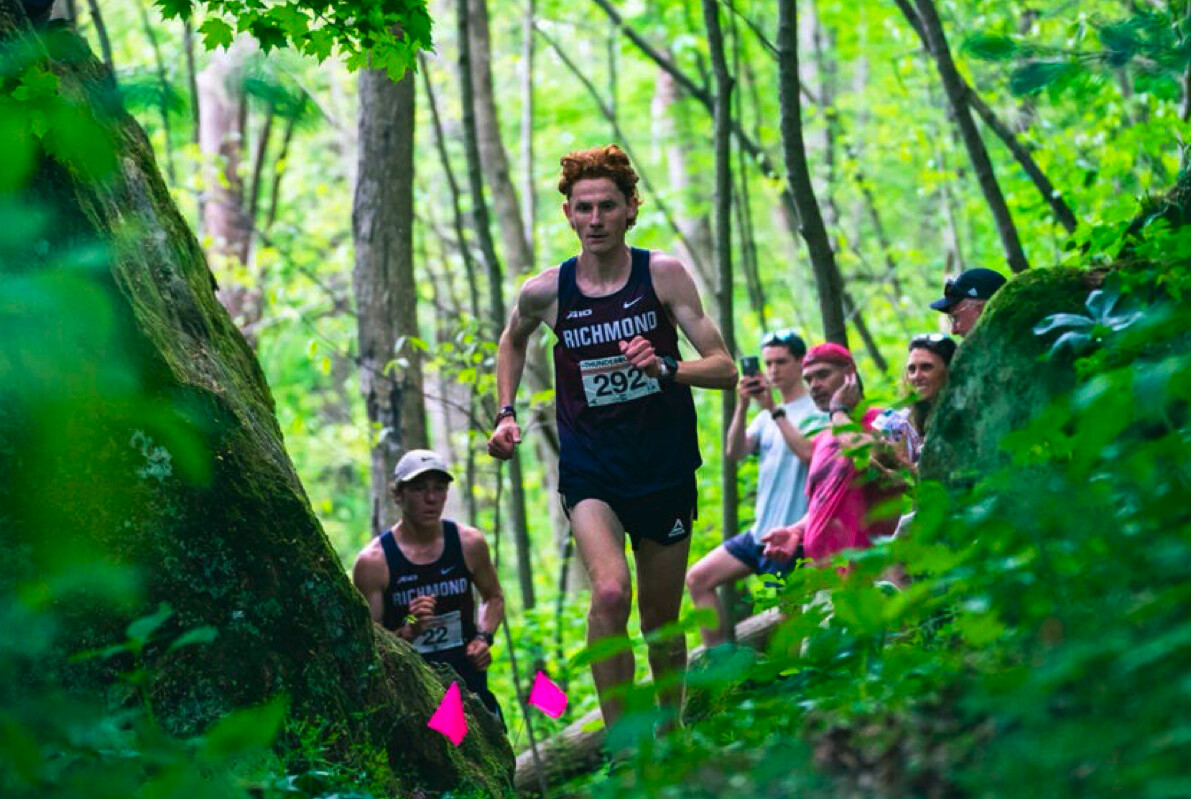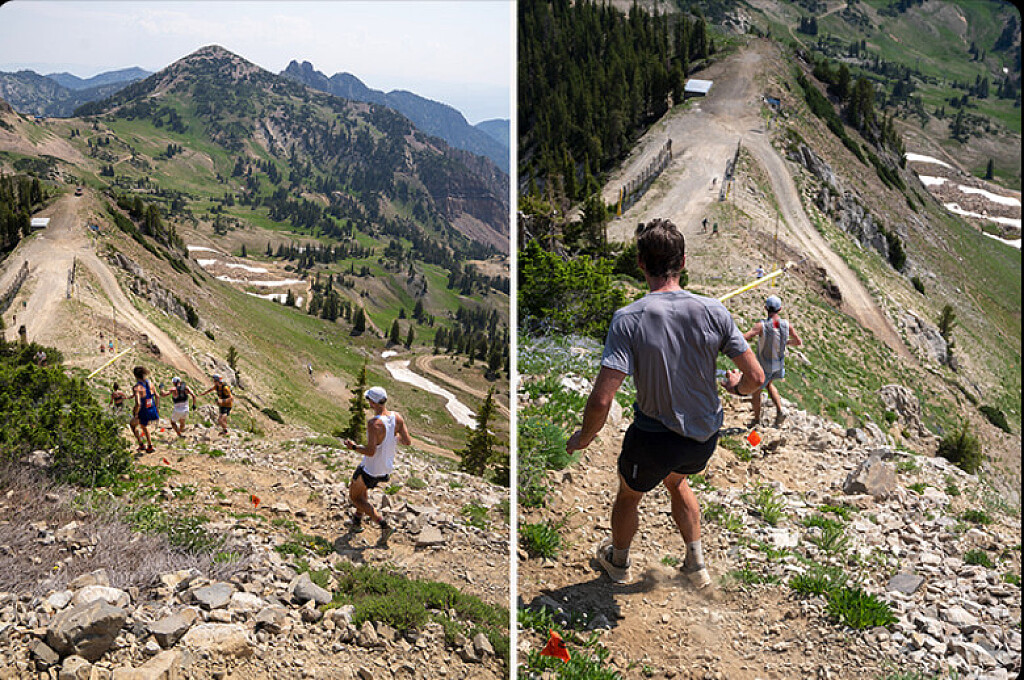Running News Daily
Running News Daily is edited by Bob Anderson. Send your news items to bob@mybestruns.com Advertising opportunities available. Train the Kenyan Way at KATA Kenya and Portugal owned and operated by Bob Anderson. Be sure to catch our movie A Long Run the movie KATA Running Camps and KATA Potato Farms - 31 now open in Kenya! https://kata.ke/
Index to Daily Posts · Sign Up For Updates · Run The World Feed
He Fell 200 Feet During a Trail Running Race—And Lived to Tell the Tale
Not all trail races are created equally: 22-year-old collegiate trail running champion Stuart Terrill learned the very hard way at the U.S. Mountain Running Championships last summer
Stuart Terrill’s life forever changed in a blink of an eye during a competitive mountain running race this past summer.

On July 13, the 22-year-old from Crozet, Virginia, summited 11,000-foot Hidden Peak at Snowbird ski resort above Salt Lake City. He was an hour into the 8.7-mile Cirque Series race serving double duty as the 2024 USA Track and Field Mountain Running Championships.
Terrill had just graduated from the University of Richmond, where he ran cross country and track and double-majored in leadership and communication. But he was no stranger to the trails. He won the Collegiate Trail Running Championship in Fairfax, Virginia, in May, besting the competition by nearly a minute over the 10K course to earn his second straight collegiate trail running championship title.
As he crested Hidden Peak and started bombing down the other side, Terrill passed a competitor and lost control, sending him careening towards a cliff. Photographer Matt Johnson watched in horror, pivoting to try to catch Terrill before he fell. But he was too late. Terrill toppled over the edge and tumbled more than 200 feet down the jagged unforgiving terrain below.
“He swung wide to pass a runner. His momentum sent him barreling down towards me and I dropped my camera to try and grab him,” Johnson recalled in the resort’s incident report. “I heard his terrified screams as he went out of sight down the rocky gully. At this point I screamed for a medic and life flight because I wasn’t sure if he was going to even survive. It was rough. It was one of the most horrifying things I’ve ever witnessed.”
Terrill suffered numerous broken bones—eight vertebrae, four ribs, his right collarbone, left wrist, right kneecap, and several bones in each of his feet—and was lucky to be alive. As his mangled body was taken away in a medical helicopter, all those on the scene could do was wonder: how did such a perilous
Mountain Running: A Contact Sport?
While many may be initially attracted to running (on the track and roads) precisely because of its relatively low-risk profile—no contact that could lead to a concussion, no explosive movements that could result in an acute injury—trail running, and in particular mountain running, is another matter. In fact, mountain running, a fast, explosive trail running discipline that usually involves running over rocky, uneven terrain and climbing and descending peaks, comes with considerable risk.
Many mountain running races take competitors along high cliffs and ridgelines with exposure, and down steep, off-trail descents through technical terrain. Minor falls are common, and sprained ankles, broken collarbones, and skin-devouring trail rash are among the most typical injuries.
Injuries are common enough that some races, including the Pikes Peak Marathon in Manitou Springs, Colorado, give out an award for the bloodiest runner. Mount Marathon, a short mountain race in Seward Alaska, reports several minor injuries in a typical year. In 2012, it suffered its first presumed death when 66-year-old Michael LeMaitre, fell on a steep section of the course and, inexplicably, was never found.
Although it wasn’t a super-fast shorter-distance mountain running race, American runner Hillary Allen survived one of the worst known trail running accidents in 2017 at the 57K Hamperokken Skyrace in the mountains outside of Tromso, Norway, after she tripped and ragdolled 150 feet down a ridge and broke both arms, two vertebrae, several ribs, and numerous bones in her feet. Like Terrill, she was lucky to have survived.
“We acknowledge the inherent dangers of producing races in the high alpine, injuries are rare, but do happen unfortunately,” Julian Carr, the race director of the Cirque Series event at Snowbird, wrote in an email. “This is, by far, the most serious injury at a Cirque race since we started our races in 2015.”
“We come from a much more dangerous world of ski mountaineering and climbing, so trail running might seem pretty vanilla compared to that, but you have to be organized and prepared,” Madigan says. “You’ve got to make sure you’re protecting everyone and have a consistent level of safety.”
Not All Trails Are Created Equally
Terrill isn’t new to trail running. In fact, he ran his first trail race in middle school—a mile and a half course with 100 feet of elevation gain in central Virginia. While running cross country and track at the University of Richmond, he also went on to win the Collegiate Trail Running National Championships in both 2023 and 2024.
As a junior in 2023, he took the national title at the Thunderbunny 11K trail race in Athens, Ohio, in 41:27, setting the course record by a minute and a half. That’s when he knew he had a thing for off-road running. Then this past May he repeated as national champ by winning the Fountainhead 10K++ Trail Run in Virginia, obliterating the course record by six and a half minutes in 44:55.
“I’ve always trained in hilly locations, and my stride worked well
Login to leave a comment




